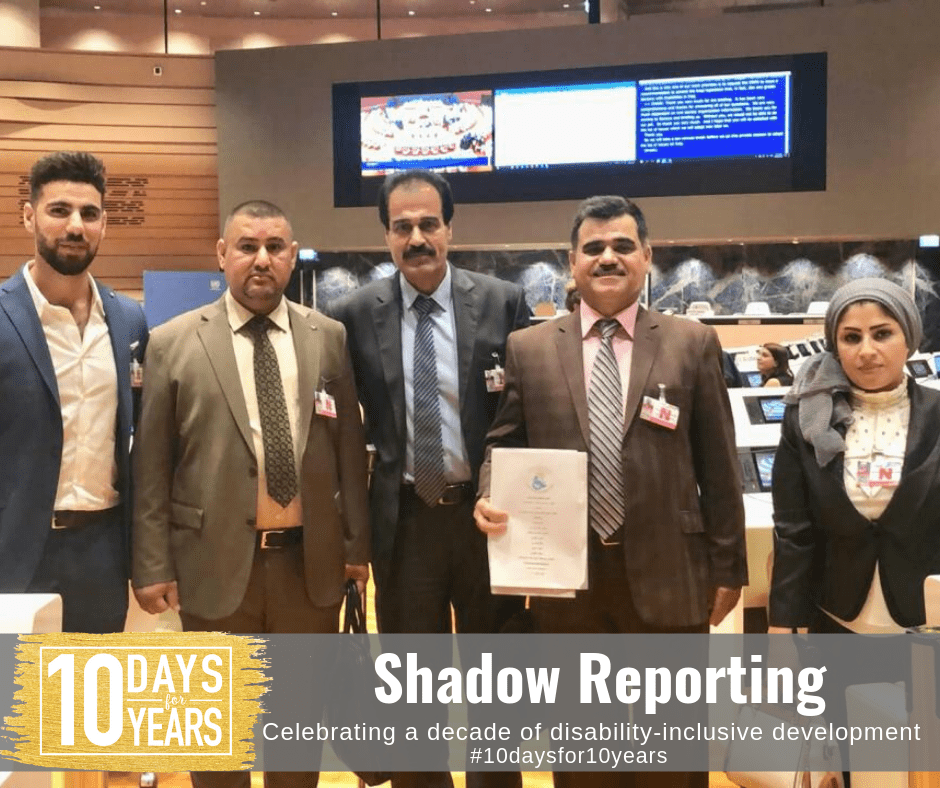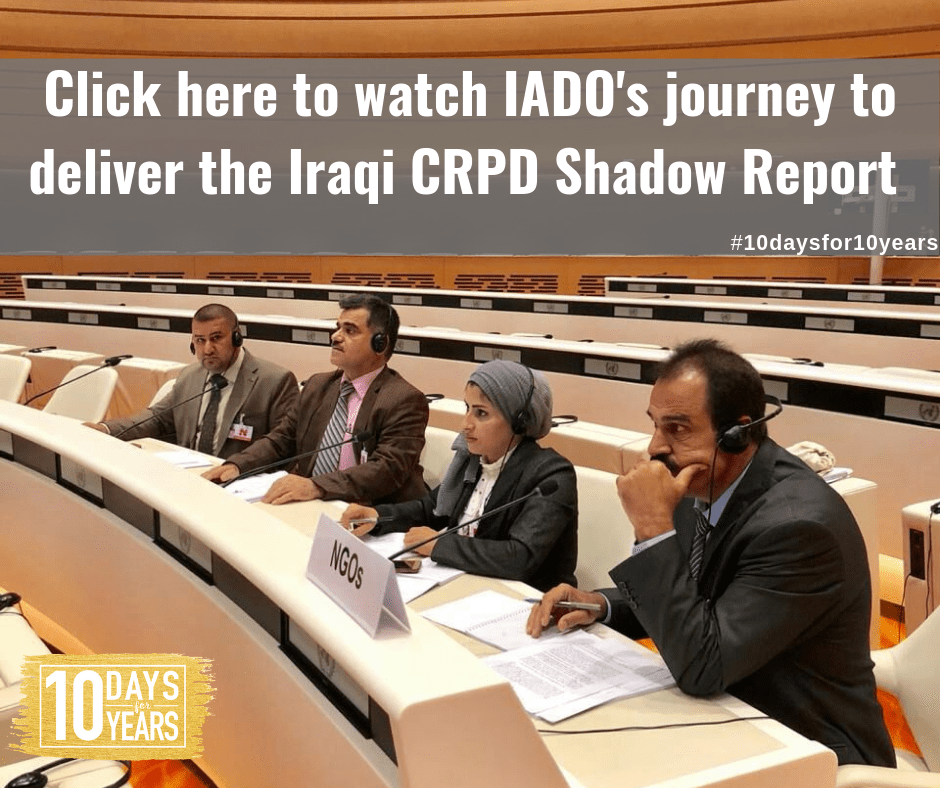Reporting from the Shadows: holding governments to account on disability rights
Australia’s national commitments to disability inclusion and disability rights do not stand alone: they are underpinned by a number of legal and normative frameworks. The most transformative, fought-for, and significant of these is the UN Convention on the Rights of Persons with Disabilities (CRPD).
Adopted in 2006 after an extensive and inclusive drafting process that prioritised the participation of disability rights organisations, the CRPD articulates general principles and obligations for states as well as specific articles relating to all areas of life.
The Australian Government’s first Development for All strategy, introduced in 2009, clearly articulates the role of the CRPD in guiding its own core principles, particularly its commitment to ‘respect and value the contribution and perspectives of people with disability.’[1]
The subsequent strategy further cites the CRPD’s focus on international cooperation, highlighting the requirement ‘that parties support each other to implement the CRPD’,[2] including through international development activities.
Through its aid program, the Australian Government has supported disabled people’s organisations (DPOs) to play an active role in putting this principle into action by holding their own governments to account for effective implementation of the CRPD. Under the Australian Humanitarian Partnership, DFAT has funded Save the Children Australia and other members of the Building Peaceful Futures consortium to support inclusive recovery and stabilisation in Iraq. This initiative has included support to the Iraqi Alliance of Disability Organisations (IADO) to conduct civil society-led shadow reporting against the Iraqi Government’s efforts to implement the CRPD.
This report, the first of its kind to be issued in Iraq, has the potential to ensure that 4 million Iraqis with disabilities are heard and affirmed as having a role to play in holding their government responsible and accountable for their rights.
Watch this video to see IADO’s journey from consulting with people with disability in Iraq to delivering their shadow report at the United Nations.
This initiative builds upon other instances of CRPD shadow reporting supported by Australian aid, including as part of CBM Australia’s partnership with Vietnam’s Action to the Community Development Centre (ACDC) through the Australian NGO Cooperation Program. Working with ACDC and their in-country DPO networks, CBM provided technical advice and other support in understanding UN Committee reporting processes and entry points; identifying risks and mitigation strategies; and supporting the inclusion of traditionally excluded groups, including people with intellectual and psychosocial disabilities, and children.
As a result of this partnership, over 120 people with disabilities were involved in collecting primary and secondary data, conducting policy analysis and preparing a comprehensive and independent report on the situation for persons with disabilities in Vietnam.
As development actors now move towards embedding more comprehensive reporting against the Sustainable Development Goals, it is important that this be done in line with the CRPD. The two frameworks intersect, and have a unified role to play in ensuring that development initiatives are rights-based and prioritise the need to leave no one behind.
Recently, this recognition has reached our region. As part of the Australian aid program’s ongoing partnership with the Pacific Disability Forum (PDF), PDF have been supported to develop the Pacific region’s first joint monitoring report of implementation of the Sustainable Development Goals and CRPD. The report highlights positive steps towards increased awareness, legal harmonisation, data collection, inclusive education and vocational training, access to assistive devices, social protection, disaster risk reduction and humanitarian response. However, it also points to the need for governments to increase their domestic resource allocations for inclusion in order to achieve the full ambitions of both frameworks.[3]
This independent, disability-led reporting reaffirms the ongoing centrality of the CRPD to inclusive development efforts, in line with both Development for All strategies. In highlighting the need for future strategies and approaches to integrate both the CRPD and SDGs, it also sets out a new pathway for Australian leadership: a third Development for All strategy that aligns with rights-based sustainable development frameworks, and their shared commitment to leave no one behind.
Information, video and images used in partnership with Save the Children Australia.
References
[1] Australian Agency for International Development, 2008. Development for All: Towards a disability-inclusive Australian aid program 2009-2014. AusAID, Canberra. p. 2.
[2] Department of Foreign Affairs and Trade, 2015. Development for All 2015-2020: Strategy for strengthening disability-inclusive development in Australia’s aid program. DFAT, Canberra. p. 5.
[3] Pacific Disability Forum, 2018. Pacific Disability Forum SDG-CRPD Monitoring Report 2018 FULL REPORT—From Recognition to Realisation of Rights: Furthering Effective Partnership for an Inclusive Pacific 2030. PDF, Suva. p. 1.
Sign up to receive the daily campaign article:
By signing up you will receive a daily email from the 10 days for 10 years campaign between 29 April to 10 May 2019.
10 days for 10 years
In partnership with CBM Australia and other ADDC partner organisations, the 10 days for 10 years campaign runs from 29 April to 10 May 2019. The campaign is celebrating the achievements in disability-inclusive development (DID) within the Australian aid sector, particularly those led or made possible by Australian aid under the first and second Development for All strategies. Articles will be released daily here on the ADDC website.
Follow the campaign via the hashtag #10daysfor10years and follow @ADDCnews on Twitter, Facebook and LinkedIn.
- 10 days for 10 years
- Day 1 – A Legacy of Leadership
- Day 2 – Beyond the Mainstream
- Day 3 – Inclusion at the Intersection
- Day 4 – Disabled People’s Organisations Leading Change
- Day 5 – Recognising Diversity within Disability
- Day 6 – Reporting from the Shadows
- Day 7 – Volunteering for Inclusion
- Day 8 – Evolution of Inclusion
- Day 9 – Education for All
- Day 10 – Building on Success


